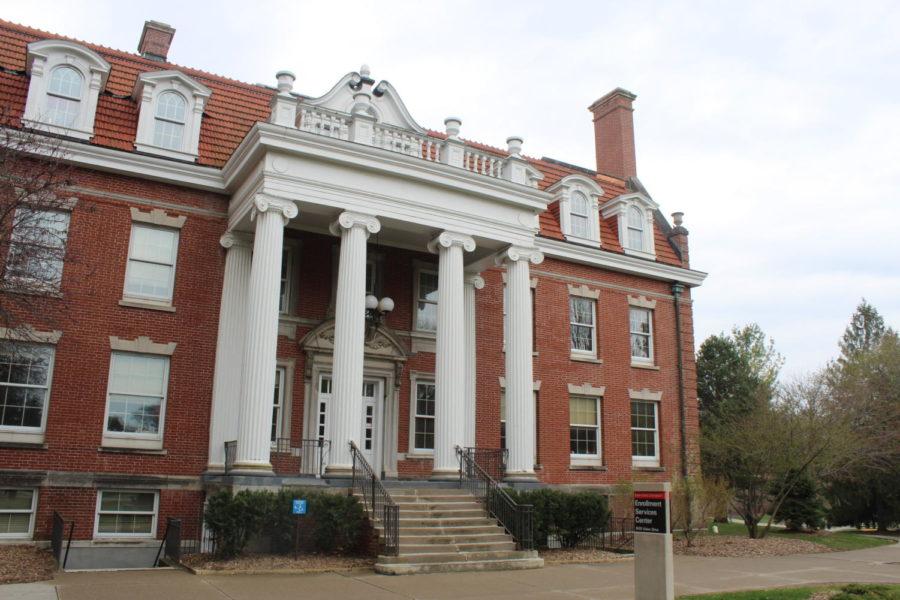New student registration system to be implemented over next three-to-five years
September 6, 2018
Iowa State has decided to fully replace its decades-old registration system to improve usability for students and staff.
Campus technology has updated rapidly throughout recent history, but the parts students do not deal with directly have remained more or less the same since before the turn of the century. When it comes to critical registration and financial systems, university officials typically chose to leave systems untouched unless issues arose.
The changes will be made incrementally over a three-to-five year period.
“I think the current system is actually decent, it moves the needle,” said Mark Simpson, Iowa State’s registrar. “But it’s old. The database is something that was architected 20, 30 years ago.”
While the technology used was adequate at the time of its creation, Simpson says it’s no longer enough. As Iowa State has grown, it continually increased the amount of resources available to students.
Online services such as the degree audit and class registration programs are commonly available to students through AccessPlus, giving the appearance that all the pieces function as a part of a larger whole.
That’s not necessarily the case, however. Much of this software can’t communicate with other related resources, making it less streamlined for users, but also causing strife for academic advisors who would prefer all of the data to be available in one location. The new software is being developed by Workday, whose enterprise suite is used by companies from Netflix to The Ohio State University.
“Technology advances and changes, and we want to make sure it meets the needs of our students — that’s ultimately our goal from a registration system, and a student information system as a whole,” Simpson said. “We have a lot of products trying to support the needs of students, and to be able to have all those aligned within the Workday environment I think will be a huge benefit for you as a student, and definitely for us administratively.”
Simpson said the system overhaul will allow for advisers to better direct students, and for students to find important information regarding their curriculum and place in the university.
He also says they’re planning to roll out pieces of the larger system in a modular fashion as they surpass the individual systems currently in place, since the software itself is continually undergoing development. In addition, attempting to implement the entire connected system at once could take nearly a decade, allowing the current 20-plus-year-old software to deprecate further while being actively used.
“I’m also quite hopeful and anxious at the same time just to see if their development continues to progress like we need it to,” Simpson said. “And right now, their history proves they’re going to make it.”







